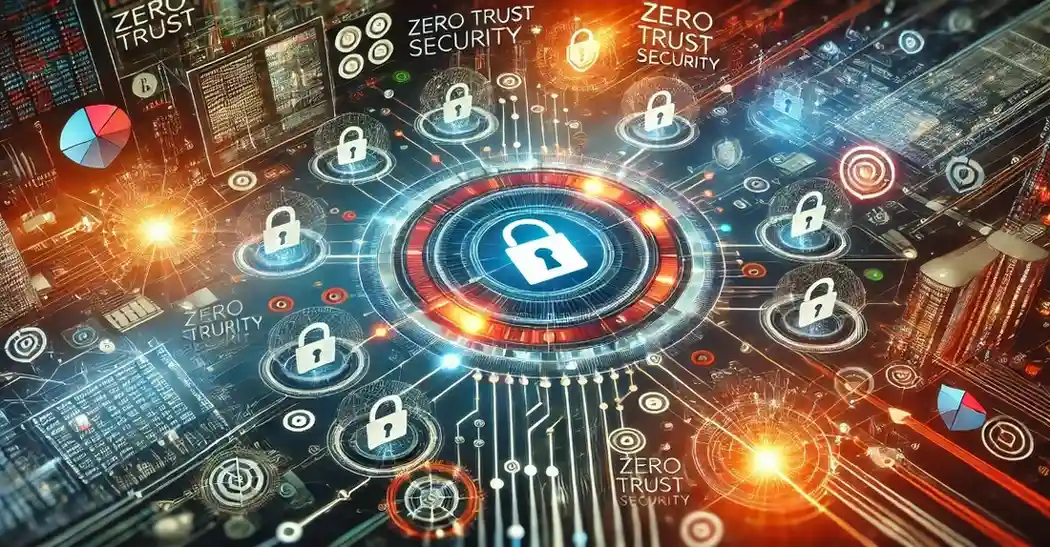Zero Trust Security In the ever-evolving landscape of cybersecurity, traditional security models are becoming increasingly obsolete. Gone are the days of perimeter-based security, where a fortress mentality was enough to keep threats at bay. Today, the digital world is borderless, and threats can emerge from within and without. That’s where Zero Trust comes in.
What is Zero Trust Security?
Zero Trust is a security model that challenges the traditional approach of “trust, but verify.” Instead, it adopts a “never trust, always verify” philosophy. This means that no user, device, or application is inherently trusted, regardless of its location or origin.
To understand Zero Trust better, let’s break it down into its core zero trust security principles:
- Explicit Verification: Every access request, regardless of its source, must be explicitly verified. This involves strong authentication and authorization mechanisms to ensure that only legitimate users and devices can access resources.
- Least Privilege Access: Users should only be granted the minimum level of access necessary to perform their job functions. This principle helps to limit the potential damage that can be caused by a security breach.
- Continuous Monitoring and Enforcement: Organizations must continuously monitor their networks and systems for suspicious activity. This includes analyzing user behavior, detecting anomalies, and enforcing security policies.
- Micro-Segmentation: By dividing networks into smaller segments, organizations can limit the impact of a security breach. This helps to contain the spread of malware and other threats.
Read more Cybersecurity: Requirements and Career Growth Prospects
Why Zero Trust?
The rise of remote work, cloud computing, and the Internet of Things (IoT) has made it more challenging than ever to secure digital assets. Traditional security measures, such as firewalls and intrusion detection systems, are no longer sufficient. Zero Trust offers a more comprehensive and effective approach to cybersecurity by addressing the following challenges:
- Remote Work: With employees working from anywhere, it’s difficult to enforce traditional security measures. Zero Trust allows organizations to secure remote access by verifying each user and device before granting access.
- Cloud Computing: Cloud environments are complex and dynamic, making it challenging to implement traditional security controls. Zero Trust provides a flexible and scalable approach to securing cloud resources.
- IoT Devices: IoT devices often have limited security capabilities. Zero Trust can help to protect these devices by verifying their identities and limiting their access to sensitive data.
Read more From Lag to Lightning: How Edge Computing Speeds Up Your Cloud Experience
Implementing Zero Trust
Implementing Zero Trust can be a complex process, but it’s essential for organizations that want to protect their digital assets. Here are some key steps to consider:
- Assess Your Current Security Posture: Evaluate your existing security infrastructure and identify any gaps.
- Define Your Zero Trust Strategy: Develop a clear plan for implementing Zero Trust principles.
- Implement Strong Identity and Access Management (IAM): Ensure that all users and devices are authenticated and authorized before accessing resources.
- Enforce Least Privilege Access: Grant users only the minimum level of access necessary to perform their jobs.
- Continuously Monitor and Adapt: Regularly monitor your network and systems for threats and adjust your security policies as needed.
The Future of Cybersecurity
Zero Trust is not just a trend; it’s the future of cybersecurity. By embracing this new paradigm, organizations can better protect their digital assets and mitigate the risk of cyberattacks. As the threat landscape continues to evolve, Zero Trust will remain a critical component of any effective cybersecurity strategy.




